I know that things are tough right now. Social distancing is the new normal and cultural institutions are closed. I hope that blogs like mine are helpful in providing a respite from the week’s news, and that they offer the foundation of your “After This is Over” to do list.
This week I am highlighting a museum that is dealing with a double whammy. We all know that, in this time of the COVID-19 virus, all museums in NYC are closed, and looking at major financial issues. While the NY Times focuses on large institutions such as The Metropolitan Museum of Art, truthfully, these major museums will survive. But smaller spaces are having a tougher time, and the Museum of Chinese in America (MOCA) is no exception.
But MOCA has a further stress. In January a fire raged through the building at 70 Mulberry street. This former school was home to several local cultural groups. It was also the storage facility for MOCA’s 85,000-piece collection. Luckily, the fire was on the floors above the storage space, and most of the artifacts survived, but there was significant water damage that will require much work, and of course money.
Why is MOCA important? Well, for a reference, let’s look at the the three exhibits on display when I visited. I started my visit with “The Chinese Helped Build the Railroad—The Railroad Helped Build America.” This historical exhibition represents the work of photographer Li Ju, who visited places along the route of the Trans-Continental Railroad, and recreated photos that were taken at the time of its construction. In this show, Ju and its curators, put the role of Chinese immigrants front and center in the railroad’s history.
In conjunction with the railroad’s history, MOCA also presented “Gathering.” This exhibit gave a history of 28 museums, institutions and historical societies from around the country. These organizations are dedicated to documenting the lives of Chinese-Americans in this country, past and present. Each group sent at least one artifact for display, and they are presented with a history of the organization.
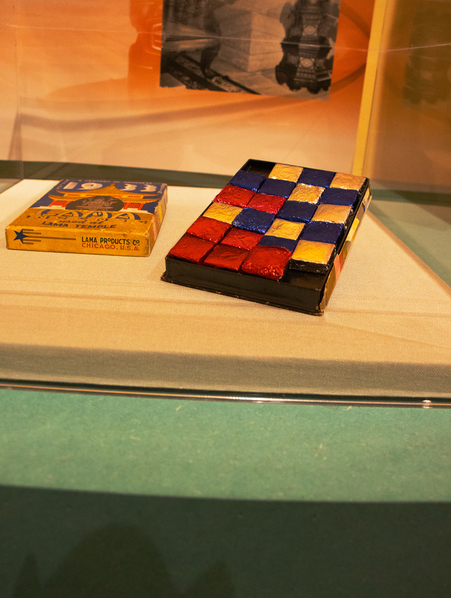 Lama Temple incense from the Chicago exhibition in 1933
Lama Temple incense from the Chicago exhibition in 1933
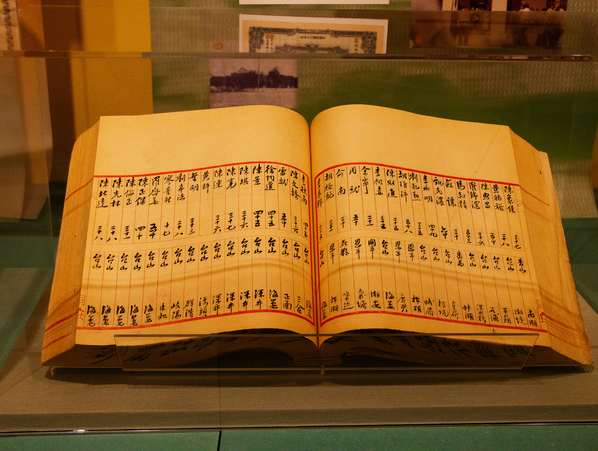 Member Book from the Asociacion Chinida Mexicali, 1918
Member Book from the Asociacion Chinida Mexicali, 1918
The heart of MOCA is its permanent exhibit, “With a Single Step: Stories in the Making of America.” This is a chronological history of the lives of Chinese immigrants and their descendants in the United States. Starting with the first arrivals, the exhibit explores both the day-to-day lives of Chinese-Americans along with the effects of racism and racist laws on those lives. The role of Chines-Americans in the culture of the United States is displayed, from night clubs to films to celebrations of holidays. Descriptions of jobs and businesses are shown, along with stories of individuals and their lives. In all it is a wonderful exploration of the culture and lives of an often overlooked segment of American society.
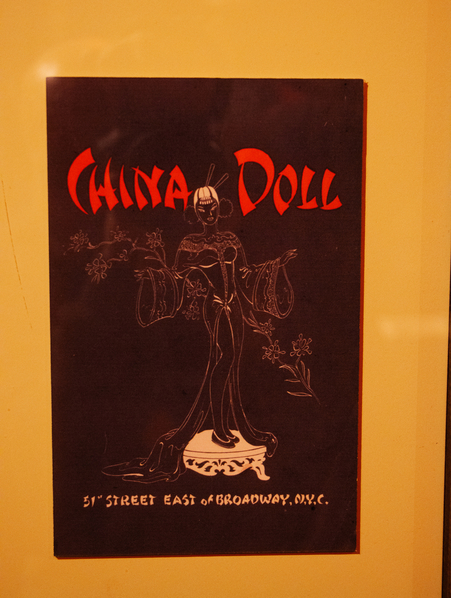 Program from the China Doll nightclub, 1940's
Program from the China Doll nightclub, 1940's
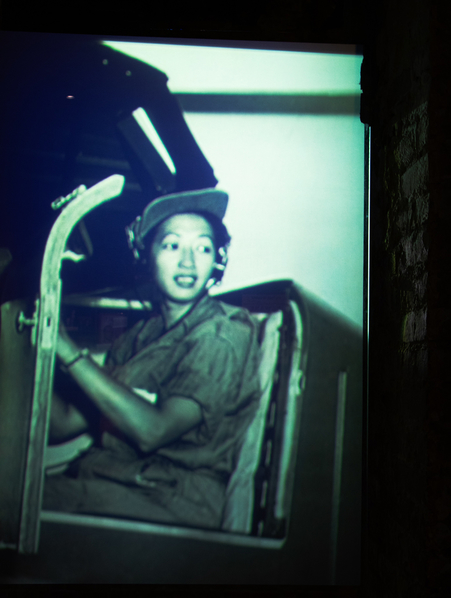 Hazel Ying Lee - Womens Airforce Service Pilot, World War II
Hazel Ying Lee - Womens Airforce Service Pilot, World War II
I hope that as you are thinking about how you spend your post-COVID time, that you looked towards these smaller institutions, museums and galleries. I especially hope that, if you are in NYC , you will come to Chinatown and visit MOCA. And if you can, please donate to its recovery fund.
Nuts and Bolts:
Admission: Adults $12/Seniors, Students, Educators and Children $8

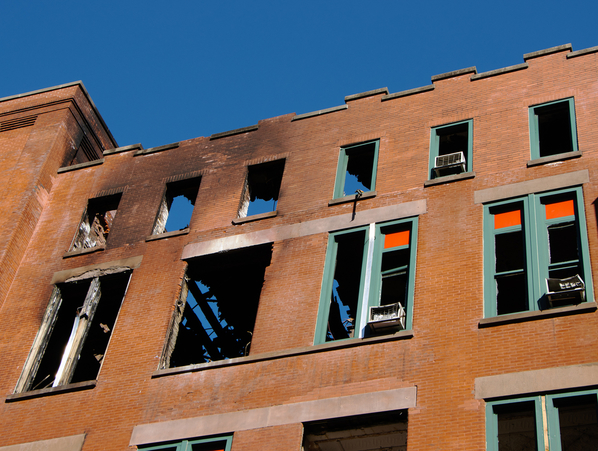
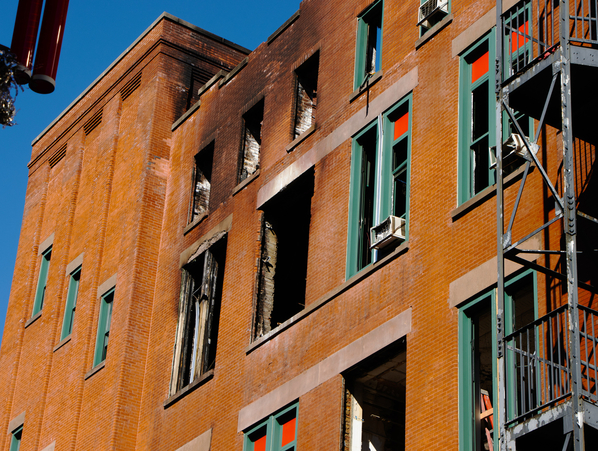
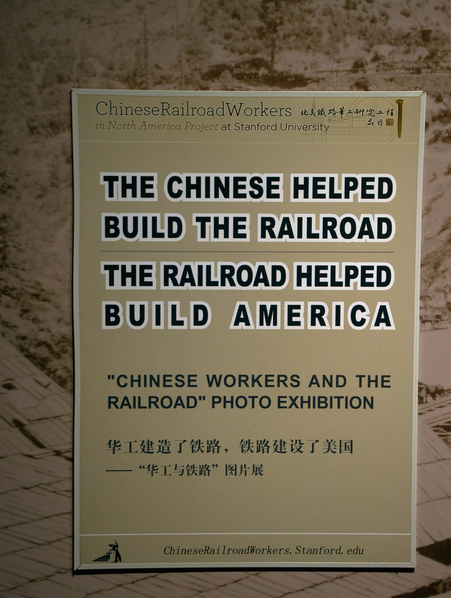
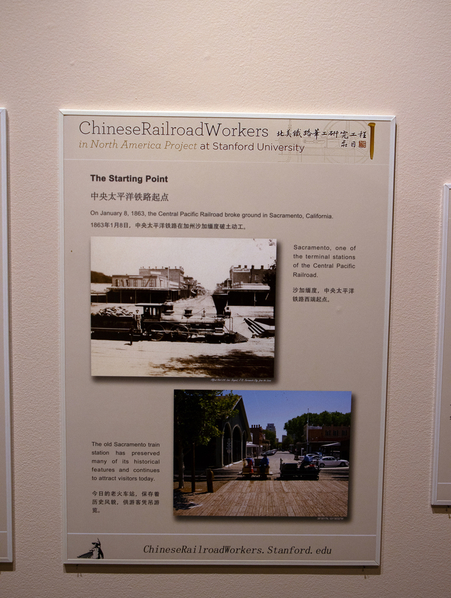
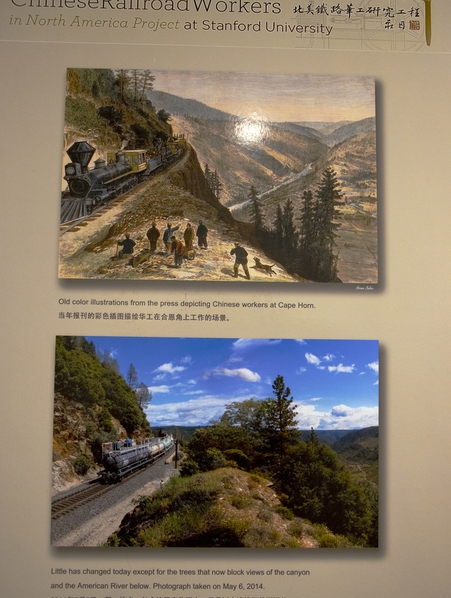
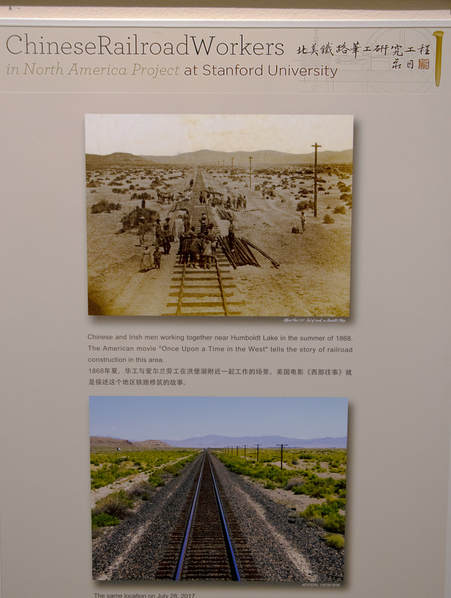
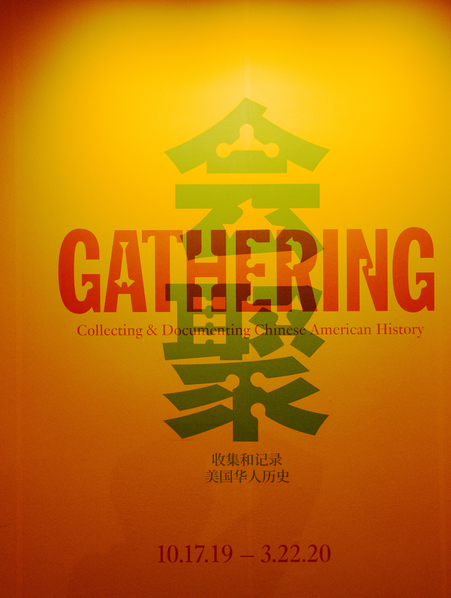

 Postcard
Postcard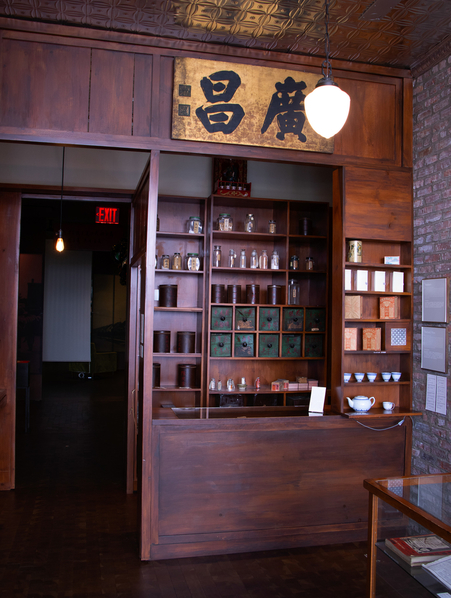 Herbalist Shop
Herbalist Shop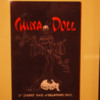
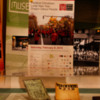

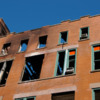
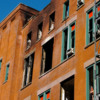
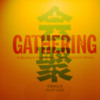
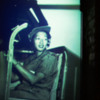
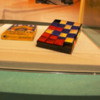
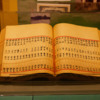


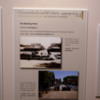
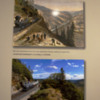
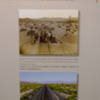
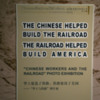
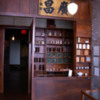
Comments (0)